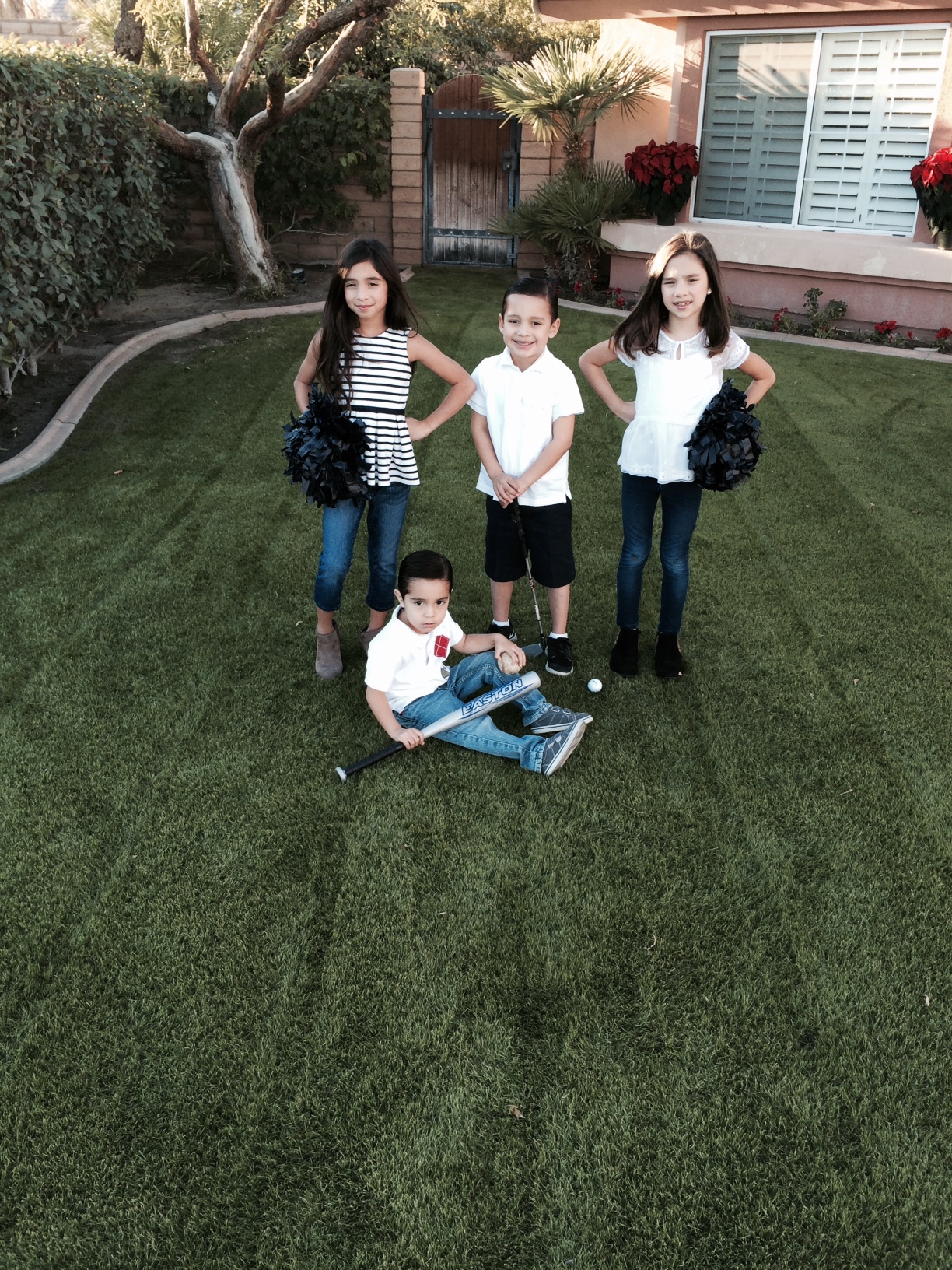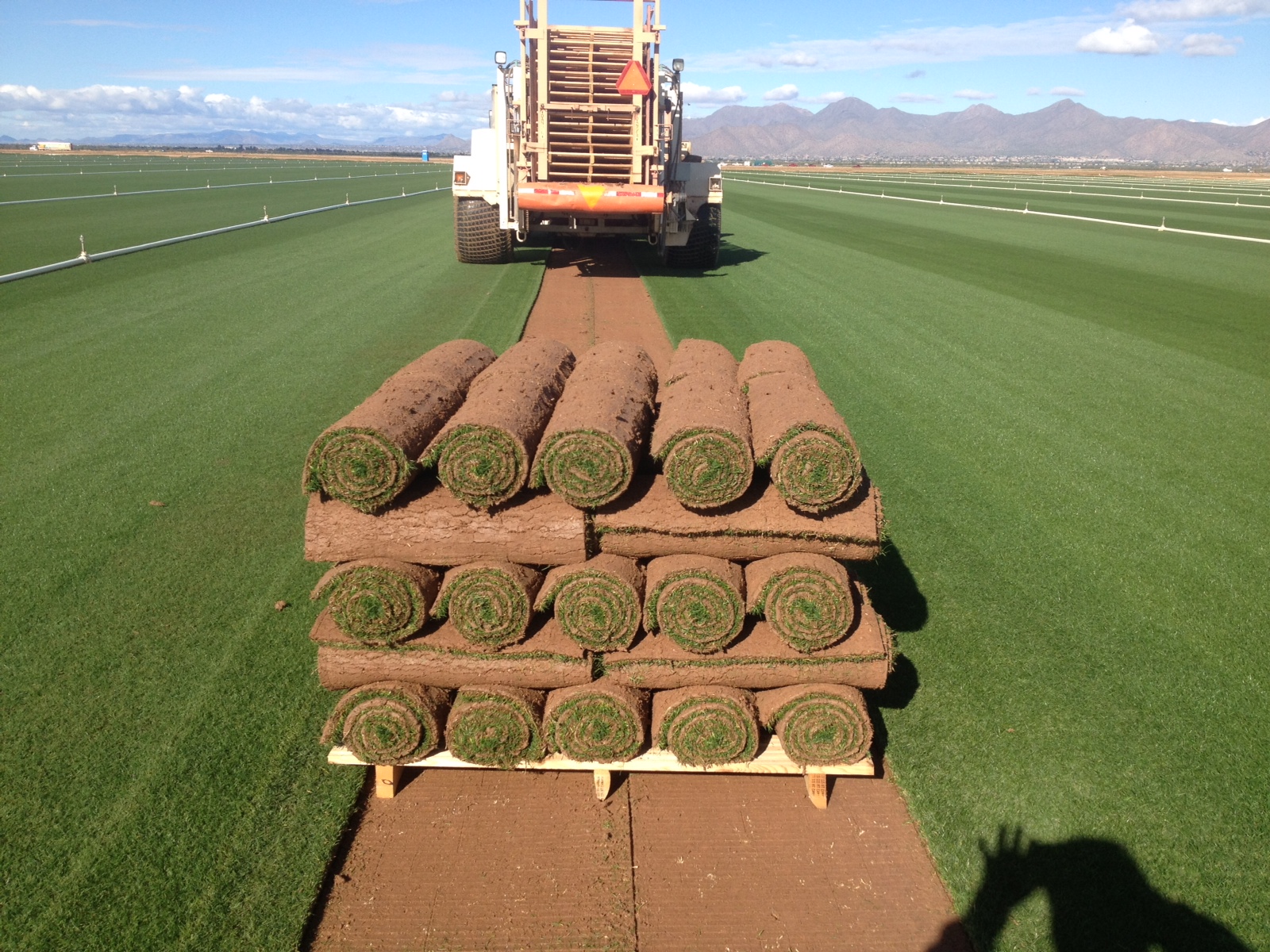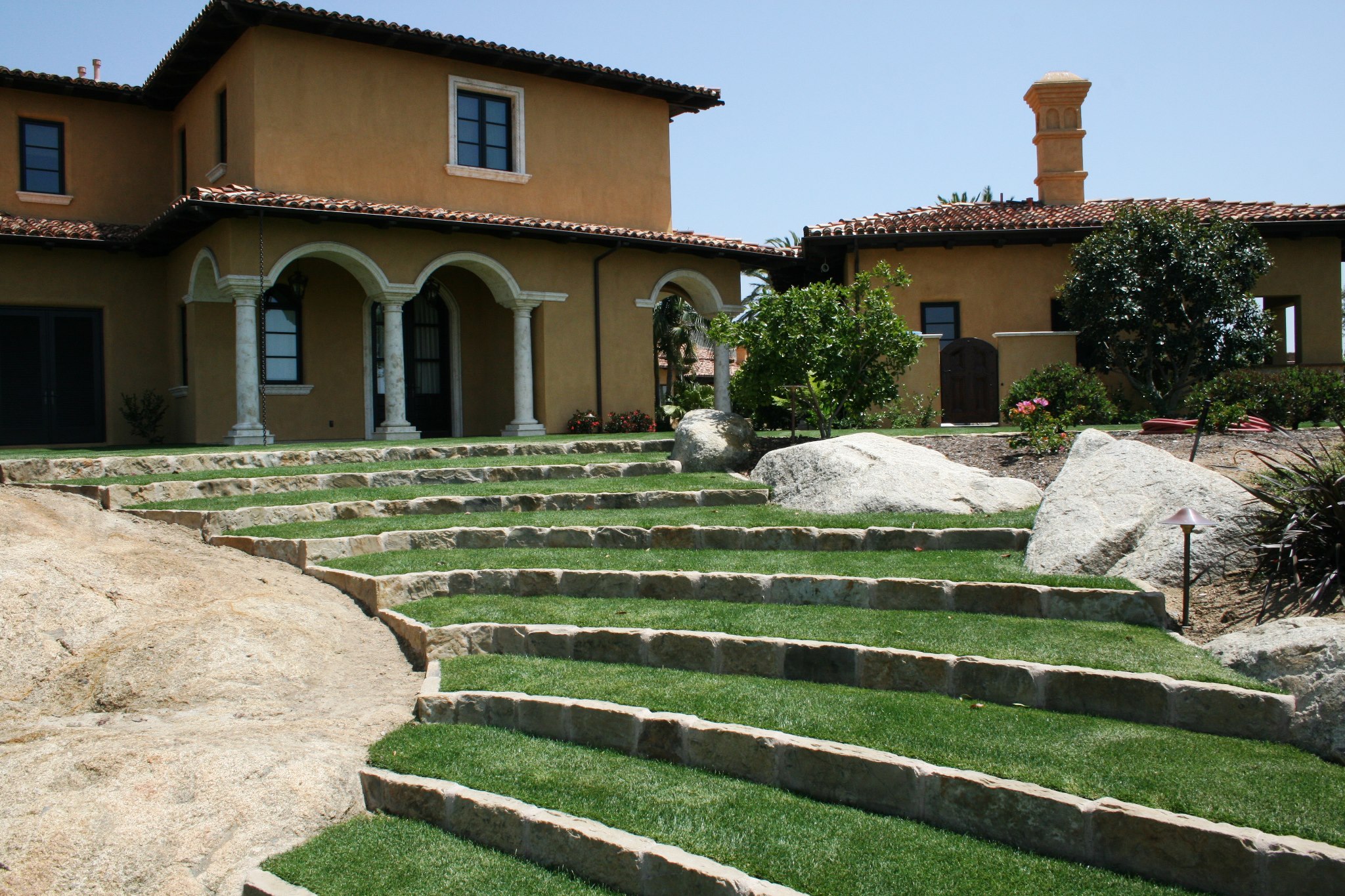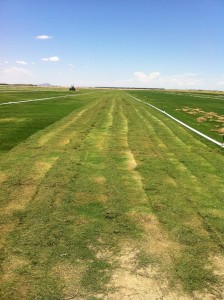Mar
Transitioning Your Lawn for Spring
If you have taken a look at the extended forecast you most likely saw that temperatures in the desert areas will be hitting close to 100 this weekend. No one wants to see that in late March unless you’re a sod producer or looking to get your warm season lawn to green up. While it is great for green up, it is still too early to know if this weather will stay or if we will get a minor cold snap. If we were assured that the 90’s were here to stay I would tell you to really start pushing your warm season turf, but it is best to ease into the season until soil temperatures reach 64 degrees.
Either way, transition time is upon us and it is time to start easing into the summer grass season. For people with non- overseeded turf this weather is great news for their lawn, and for others transition can bring a few headaches. I have outlined some simple steps to help you get your lawn to go from ryegrass to bermudagrass without any anxiety.
Comments Off on Transitioning Your Lawn for SpringFeb
WEEDS! Pre-Emergent Herbicides and Your Lawn
Last week it was raining and in the low 60’s and this week we will be pushing the low 80’s. Everyone knows that the rain is great for our lawns but it is also great for producing weeds.
As we move through February it is important to think about your lawn from the previous year. Did you have weed issues? Were you constantly pulling spurge out of the lawn during the summer? Even if you didn’t have a bad case of this last year you should still think about putting down a pre-emergent herbicide. The window to apply these is from now until the end of February. If you miss the window and the seedlings have already germinated you can bet you will be on your hands and knees this summer pulling weeds out of your turf.
Comments Off on WEEDS! Pre-Emergent Herbicides and Your Lawn
Oct
Watching Your (Overseeded) Grass Grow
By now most of you are probably doing what I do all day and that is watching grass grow. If you threw down seed to overseed your warm season lawn in the last couple weeks it surely has sprouted,and should be filling in quite nicely with our weather. It always amazes me how quickly ryegrass grows at this time of the year. You can check your lawn before you leave for work in the morning, and by the time you get home it has grown a ½”. It usually takes about 7-10 days to get your lawn really going, but once it does you will start to see the grass tiller and fill in any voids in your lawn.
Comments Off on Watching Your (Overseeded) Grass GrowSep
It is ALMOST Time to Overseed Your Warm Season Lawn
The days are getting shorter and the heat is starting to die down a little as we enter the fall season. With fall comes the onset of overseeding in many parts of the country and the west coast is no different. For those new to overseeding let me give you a brief definition. Overseeding is simply the process of seeding a cool season grass into your warm season turfgrass in order to maintain winter color. This is not a mandatory process if you have grass, but it is one of the options that are out there for homeowners and professionals.
There are a few options during the fall months to take care of your lawn and without question the most popular is to overseed. Outside of overseeding you have the option of using turf paint such as Endurant to give your dormant grass a nice green appearance or you can just let your lawn go dormant for the winter months (brown can be the new green!). There is no right or wrong approach so decide what you would like to do as the temperatures begin to drop over the coming weeks. If you will be letting your lawn go dormant it will stay fairly green until the first hard frost which is around Thanksgiving and will start to green up in late March. If you have a paspalum lawn you can usually get through the month of December with a green lawn and it will start greening up in early March.
Comments Off on It is ALMOST Time to Overseed Your Warm Season LawnSep
Thinking About Overseeding Your Warm Season Lawn?
With the heavy rains and slightly cooler temperatures we had this past week no doubt people are thinking about overseeding. By the way, if your sprinklers are still set to on, turn them OFF. While the calendar says September 11th we’re still a few weeks away from having temperatures in the optimal window. Overseeding does not need to be a one day process. You can begin the process a little early and then when temperatures are in the 60’s at night you will just need to give your lawn one last haircut, drop the seed and begin watering.
Prepping for overseed is often a large ordeal, but starting the process gradually you can eliminate the headaches associated with trying to get it all done in one afternoon. I want to reiterate something I have said for the past few years. The height of the grass is not associated with a quality overseed. In other words scalping the grass down to the dirt does not guarantee good results, but opening up the turf canopy does. The shorter you mow your lawn the tighter the leaf blades become making it harder to get the ryegrass seed into the plant. If the seed is lying on the surface it will be slow to germinate and much of the seed will be lost. The seed needs a base to grow out of and getting inside the grass plant allows for perfect moisture, heat, and a solid growing medium. By looking at my last statement you can now understand why I have said without a good warm season grass base you will most likely have a poor ryegrass season. The seed will establish much faster inside a healthy grass stand than it will on bare dirt. Read the rest of this entry »
Comments Off on Thinking About Overseeding Your Warm Season Lawn?Jul
Using the Right Amount of Water
Lately there have been quite a few articles and stories talking about the over consumption of water in turfgrass. As many of us know parts of California have put strict demands on water usage and one of their main targets are home lawns. Over the past few years we have seen everything from districts paying home owners to take out grass, to people putting in artificial synthetic lawns. What we’re not seeing is a lot of information about how you can have a lawn and also conserve water. How do you know if you’re using water wisely? Today’s blog is all about tips for saving water and what you should be doing as a homeowner, landscaper, or golf course to help protect our natural resources. Read the rest of this entry »
Comments Off on Using the Right Amount of WaterJun
Summer Grass Problems & EASY Grass Solutions!
I thought it would be nice to put up some pictures of common summer issues–and some easy solutions. While there are several areas I could expand, I’ll leave it to the most common areas of concern for now……
During the summer months you will see scalping in turf for a variety of reasons but some of the most common are:
1. Lawn is too lush or juiced up on fertilizer
2. The lawn is too thick and it needs to be verticut to remove dead material between grass blades.
3. The mower blades are too dull or the wheels of the mower are set to uneven heights. The picture above represents this very well. Read the rest of this entry »
Comments Off on Summer Grass Problems & EASY Grass Solutions!Apr
Transition
We are starting to field calls now about the best ways to transition your lawn and as the temperatures warm up there is no better time to get started.
Here is a step by step process that can be implemented into everyone’s program over time. Please note that I will be drying down the sod at the farm to help aid in spring transition. It is not ideal to provide lush ryegrass at this time of the year that will shade out the bermudagrass.
Some people fear putting down an overseeded lawn at this time of the year but there is no need to worry. The roots of the ryegrass actually help the grass knit into the ground quicker and as the temperatures warm up the ryegrass easily transitions out. I will note that you don’t want to buy sod with 3” ryegrass but we keep our turf at ½” to ¾” at this time of the year so it makes for an ideal transition without any fuss.
Comments Off on TransitionFeb
February Weed Control for Your Lawn
We all know that with the rain showers the weeds are going to start to appear in our grass soon if we don’t take some action. The best approach for early season weed issues is to down a pre-emergent and with temperatures that will be on the rise soon. There is no better time than in the next few weeks. I will be outlining the specific steps needed to take action before the weeds become an issue.
Normally when we have this cold of a year the weeds will emerge a little later than normal from the heavy freeze but with timely rains and some warm weeks we’re starting to see quite a few annual weeds appearing. If you live south of Tucson or up north where you are still getting morning frosts you can hold off on weed control until the end of the month, but for the Phoenix and Palm Springs area now is a great time to get this product down.
Comments Off on February Weed Control for Your LawnJan
IT’S FREEZING! And so is Your Lawn!
The past five days have brought in a weather pattern that us desert dwellers are not used to and I’m pretty sure many of you have noticed your dark green lawn turn to an ugly shade of yellow and brown. While your plants outside have been suffering pretty bad with the deep freeze there is nothing to worry about with your lawn. Ryegrass is well adapted for the cold weather and even though it is below freezing at night the daytime temperature is moving into the 40’s which will keep the lawn from going dormant. It would take a couple weeks of freezing temperatures combined with very low daytime highs for you to lose all the color in your lawn.
I have been watching all my neighbors throwing covers over all their plants in hopes of preventing any frost damage and running their irrigation water for the trees on a trickle to keep the foliage but this is not necessary for your grass. I have been by several neighborhoods where people are watering at 7:00 to 8:00am to try and get the frost off their lawn and instead of removing the frost they’re creating an ice rink.
Comments Off on IT’S FREEZING! And so is Your Lawn!




